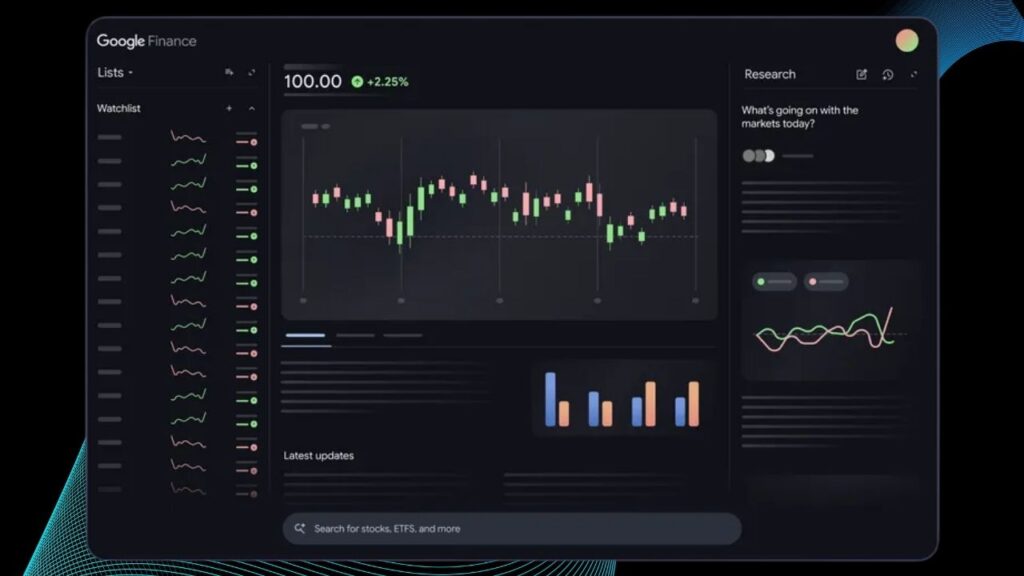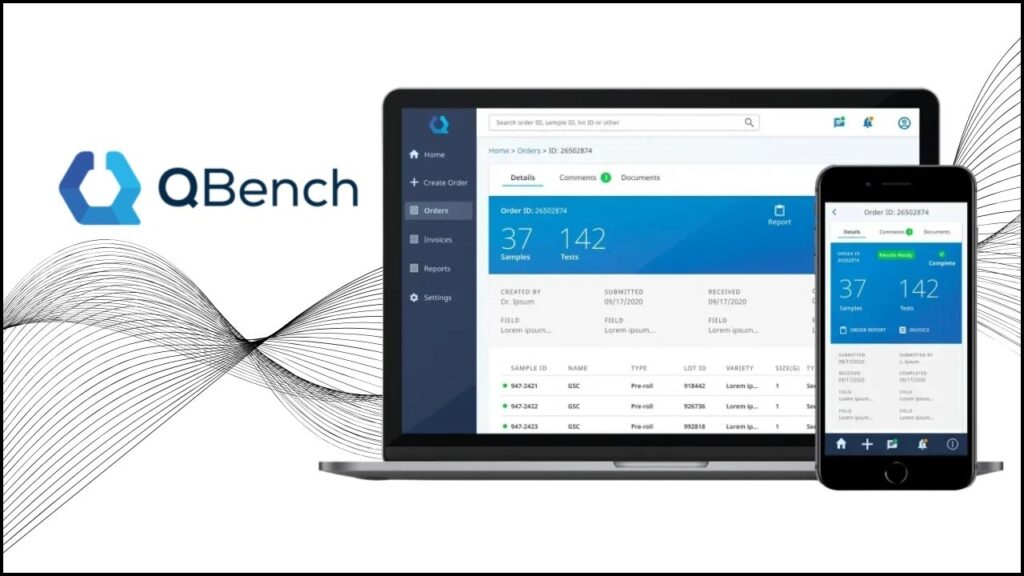China Unveils FuXi 2.0 AI-Powered Weather Forecasting Model: China has officially unveiled FuXi 2.0, an advanced artificial intelligence (AI)-powered weather forecasting system developed to transform meteorological predictions with unparalleled speed and accuracy. Spearheaded by the Shanghai Academy of Artificial Intelligence for Science (SAIS) and Fudan University, FuXi 2.0 marks a significant milestone in integrating AI with traditional climate science to enhance both short-term and long-term weather forecasting.
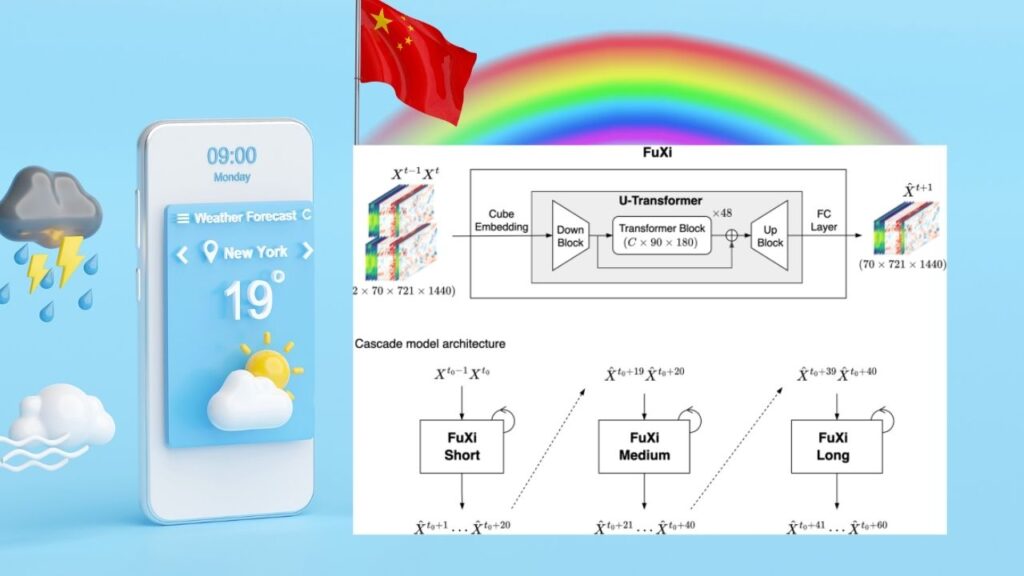
Weather forecasting has always been a challenging scientific discipline due to the atmosphere’s chaotic nature and the sheer complexity of interacting variables such as temperature, humidity, wind, and ocean currents. Traditional forecasting models, which rely heavily on physical equations and massive supercomputing, often struggle with computational speed and prediction precision, especially for extended periods.
FuXi 2.0 uses deep learning and neural networks trained on decades of global weather data, which allows the model to detect subtle and nonlinear patterns in atmospheric behavior more effectively. This innovation holds great promise for improving forecast accuracy and broadening the practical applications of weather data in daily life and industry.
Table of Contents
China Unveils FuXi 2.0 AI-Powered Weather Forecasting Model
| Feature | Details |
|---|---|
| Developer | Shanghai Academy of Artificial Intelligence for Science (SAIS) and Fudan University |
| Forecasting Resolution | Hourly forecasts with 0.1-degree (~10 km) spatial resolution |
| Forecast Period | Up to 15 days for high-resolution; sub-seasonal forecasts available up to 60 days |
| Speed | Approximately 1,000 times faster than traditional numerical weather models |
| Accuracy | Surpasses the European Centre for Medium-Range Weather Forecasts (ECMWF) in several key variables such as temperature, precipitation, and wind speed |
| Applications | Renewable energy management, aviation safety, maritime navigation, disaster preparedness, agriculture |
| Technological Innovation | First coupled atmospheric-ocean AI model; enhanced tropical cyclone intensity prediction capabilities |
| Official Website | Shanghai Academy of AI for Science (SAIS) |
China’s FuXi 2.0 AI-powered weather forecasting model heralds a new era in meteorology by combining cutting-edge artificial intelligence with atmospheric science. Delivering hourly forecasts at a 0.1-degree resolution and extending accurate predictions up to 60 days, FuXi 2.0 enables industries to better prepare for and adapt to changing weather patterns. Its speed, accuracy, and comprehensive approach offer valuable tools for improving safety, sustainability, and operational efficiency across the globe.
This breakthrough demonstrates how AI can solve complex environmental challenges, making weather forecasting more reliable and actionable than ever before.
Understanding the Science Behind FuXi 2.0
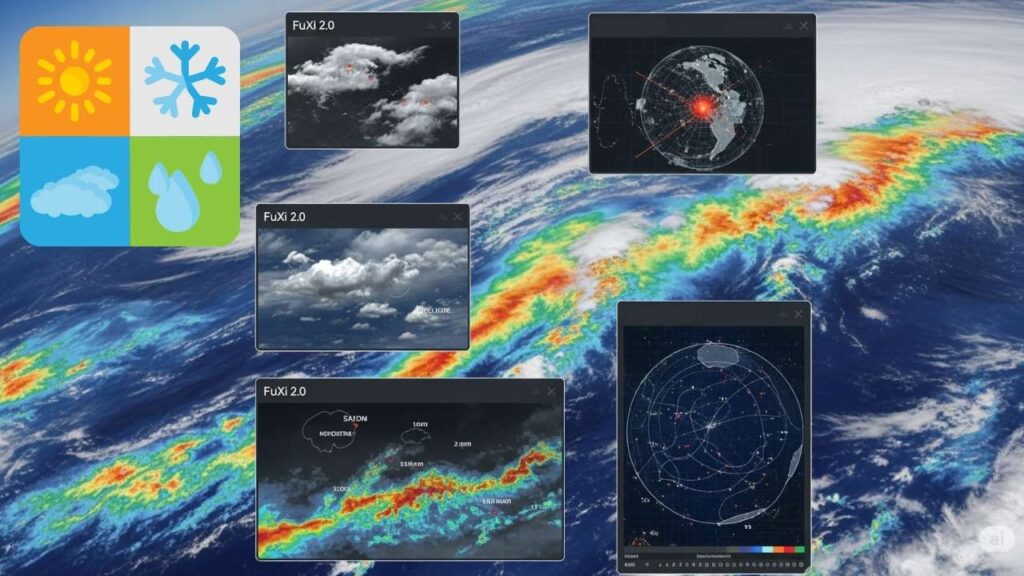
Why Weather Forecasting Is Difficult
Weather is a chaotic system governed by complex fluid dynamics and thermodynamics principles. Small differences in initial data can lead to large divergences in predicted outcomes — a problem famously known as the “butterfly effect.” Traditional forecasting relies on solving the Navier-Stokes equations for fluid flow numerically, which demands massive supercomputing power. Even with such resources, forecast accuracy degrades significantly beyond 7-10 days.
How FuXi 2.0 Uses AI to Improve Forecasting
FuXi 2.0 incorporates machine learning models that have been trained on massive historical weather datasets, including satellite observations, radar data, ground stations, and ocean measurements. By learning from this extensive data, FuXi 2.0 can:
- Recognize complex atmospheric patterns that physics-based models may overlook.
- Provide rapid computation by approximating the atmospheric state transitions with neural networks.
- Incorporate ocean-atmosphere interactions through a coupled AI model, enhancing tropical cyclone and monsoon forecasts.
This integration results in a model capable of running simulations thousands of times faster than traditional methods, while achieving higher accuracy over longer forecast horizons.
The Role of Coupled Atmospheric-Ocean Modeling
Weather phenomena such as typhoons and monsoons are strongly influenced by interactions between the atmosphere and ocean surface temperatures. FuXi 2.0’s coupled model allows it to simulate these processes together rather than separately, which is critical for improving the prediction of:
- Tropical cyclone intensity and trajectories.
- Seasonal monsoon onset and variability.
- Oceanic influences on regional climates.
What Makes FuXi 2.0 Stand Out? A Closer Look
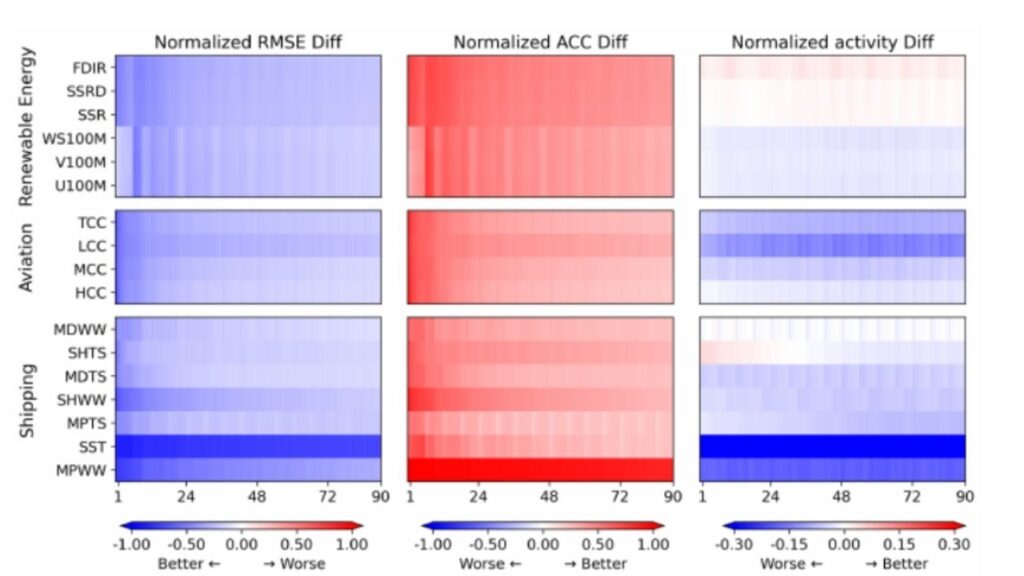
High Spatial and Temporal Resolution
FuXi 2.0 delivers hourly forecasts at 0.1-degree spatial resolution, which translates to predictions every hour with a geographical precision of approximately 10 kilometers. This fine granularity enables users to receive hyperlocal forecasts, ideal for urban weather warnings and operational planning.
Sub-Seasonal Forecasting: A Meteorological Breakthrough
Typically, weather forecasts are reliable only up to about 10-14 days, while climate outlooks cover seasons or years. FuXi 2.0 bridges this gap by providing sub-seasonal forecasts that extend from 15 to 60 days, opening new possibilities for early warnings of prolonged weather patterns like:
- Extended droughts.
- Heatwaves.
- Cold snaps.
- Extended periods of heavy rainfall or storms.
Such forecasts are crucial for agriculture, water management, and disaster mitigation efforts.
Speed and Efficiency: The AI Advantage
Traditional numerical weather prediction (NWP) models require supercomputers running complex differential equations. FuXi 2.0 replaces many of these computations with neural network approximations, drastically reducing the time needed for forecasts. This efficiency means more frequent forecast updates and the ability to run multiple ensemble forecasts for improved reliability.
Practical Applications: How FuXi 2.0 Benefits Key Sectors
Renewable Energy Optimization
For wind farms and solar power plants, precise weather forecasts help optimize energy production schedules. For example:
- Predicting wind speed fluctuations helps wind farms adjust turbine operations to maximize output and prevent wear.
- Solar radiation forecasts assist solar plants in energy yield predictions and battery storage management.
By integrating FuXi 2.0’s hourly forecasts, energy providers can better balance supply and demand, reducing reliance on fossil fuels and cutting operational costs.
Aviation Safety and Operational Efficiency
Weather conditions such as turbulence, icing, and thunderstorms pose significant risks and cause costly delays in aviation. FuXi 2.0’s accurate and high-frequency forecasts enable:
- More precise turbulence forecasting to improve passenger comfort and safety.
- Better route planning around adverse weather, reducing fuel consumption and delays.
- Enhanced situational awareness for air traffic controllers managing congested skies.
Maritime Navigation and Safety
Ships face dangers from storms and rough seas that can cause accidents or operational delays. FuXi 2.0 supports maritime operations by:
- Providing detailed hourly sea and weather condition forecasts.
- Predicting tropical cyclones and extreme weather with improved lead times.
- Enabling optimal route planning to avoid hazardous conditions and save fuel.
How FuXi 2.0 Is Developed and Validated
Development Partners
- Shanghai Academy of Artificial Intelligence for Science (SAIS): A leading AI research institute focusing on scientific computing and applications.
- Fudan University: A prestigious university known for meteorology and atmospheric sciences research.
Their collaboration combines AI expertise with deep domain knowledge in climate science.
Validation Against International Standards
FuXi 2.0’s forecasts have been benchmarked against the European Centre for Medium-Range Weather Forecasts (ECMWF) — widely considered the global gold standard in medium-range weather prediction. Tests reveal FuXi 2.0 exceeds ECMWF in accuracy for temperature, precipitation, and wind speed predictions, confirming the robustness of its AI-based approach.
How You Can Use FuXi 2.0 Forecasts
While currently deployed primarily by research and governmental bodies in China, the potential applications for individuals and businesses worldwide are extensive:
- Farmers can plan irrigation and planting schedules based on sub-seasonal forecasts.
- City planners can prepare for extreme weather events with longer lead times.
- Outdoor event organizers can optimize event timing with accurate hourly forecasts.
- Energy companies can adjust operations in real time to changing weather conditions.
As AI weather forecasting advances, broader public and commercial access is expected through meteorological agencies and weather service providers.
Robotic Transfer Technique Enhances Scalability of 2D Materials for Device Integration
Discovery Of New 2D Material Confirms Decade-Old Prediction, Opening Doors For Advanced Electronics
Quantum Computing Milestone Achieved, Immediately Challenged by Supercomputer
FAQs About China Unveils FuXi 2.0 AI-Powered Weather Forecasting Model
What is FuXi 2.0?
FuXi 2.0 is an AI-driven weather forecasting model developed by SAIS and Fudan University, providing high-resolution, hourly weather predictions and sub-seasonal forecasts with unprecedented speed and accuracy.
How accurate is FuXi 2.0 compared to other models?
Independent validation shows FuXi 2.0 outperforms the European Centre for Medium-Range Weather Forecasts (ECMWF) in key metrics like temperature, precipitation, and wind speed forecasts, especially beyond the 7-day mark.
How fast can FuXi 2.0 produce forecasts?
FuXi 2.0 runs approximately 1,000 times faster than traditional numerical weather prediction models, enabling rapid updates and multiple ensemble forecasts for better reliability.
Which industries benefit most from FuXi 2.0?
Renewable energy, aviation, maritime navigation, agriculture, disaster management, and urban planning are among the key sectors that gain from FuXi 2.0’s precise weather insights.
Where can I find FuXi 2.0 weather forecasts?
Currently, FuXi 2.0 is used primarily in research and governmental settings in China. Wider public or commercial access may develop over time through meteorological services.



